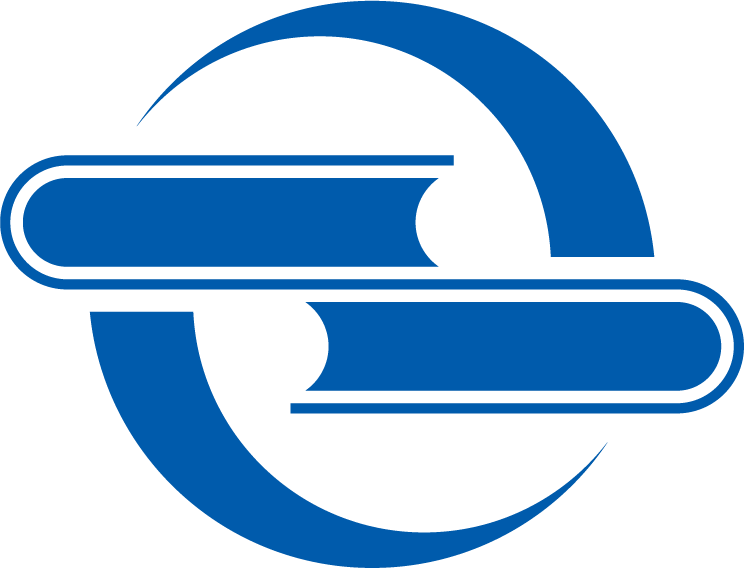编辑推荐 | Editors' Choice

Machine learning is part of Artificial Intelligence since its beginning. Certainly, not learning would only allow the perfect being to show intelligent behavior. All others, be it humans or machines, need to learn in order to enhance their capabilities. In the eighties of the last century, learning from examples and modeling human learning strategies have been investigated in concert. The formal statistical basis of many learning methods has been put forward later on and is still an integral part of machine learning. Neural networks have always been in the toolbox of methods. Integrating all the pre-processing, exploitation of kernel functions, and transformation steps of a machine learning process into the architecture of a deep neural network increased the performance of this model type considerably. Modern machine learning is challenged on the one hand by the amount of data and on the other hand by the demand of real-time inference. This leads to an interest in computing architectures and modern processors. For a long time, the machine learning research could take the von-Neumann architecture for granted. All algorithms were designed for the classical CPU. Issues of implementation on a particular architecture have been ignored. This is no longer possible. The time for independently investigating machine learning and computational architecture is over. Computing architecture has experienced a similarly rampant development from mainframe or personal computers in the last century to now very large compute clusters on the one hand and ubiquitous computing of embedded systems in the Internet of Things on the other hand. Cyber-physical systems' sensors produce a huge amount of streaming data which need to be stored and analyzed. Their actuators need to react in real-time. This clearly establishes a close connection with machine learning. Cyber-physical systems and systems in the Internet of Things consist of diverse components, heterogeneous both in hard- and software. Modern multi-core systems, graphic processors, memory technologies and hardware-software codesign offer opportunities for better implementations of machine learning models. Machine learning and embedded systems together now form a field of research which tackles leading edge problems in machine learning, algorithm engineering, and embedded systems. Machine learning today needs to make the resource demands of learning and inference meet the resource constraints of used computer architecture and platforms. A large variety of algorithms for the same learning method and, moreover, diverse implementations of an algorithm for particular computing architectures optimize learning with respect to resource efficiency while keeping some guarantees of accuracy. The trade-off between a decreased energy consumption and an increased error rate, to just give an example, needs to be theoretically shown for training a model and the model inference. Pruning and quantization are ways of reducing the resource requirements by either compressing or approximating the model. In addition to memory and energy consumption, timeliness is an important issue, since many embedded systems are integrated into large products that interact with the physical world. If the results are delivered too late, they may have become useless. As a result, real-time guarantees are needed for such systems. To efficiently utilize the available resources, e.g., processing power, memory, and accelerators, with respect to response time, energy consumption, and power dissipation, different scheduling algorithms and resource management strategies need to be developed. This book series addresses machine learning under resource constraints as well as the application of the described methods in various domains of science and engineering. Turning big data into smart data requires many steps of data analysis: methods for extracting and selecting features, filtering and cleaning the data, joining heterogeneous source..
前言 | Preface

<p>Katharina Morik received her doctorate from the University of Hamburg in 1981 and her habilitation from the TU Berlin in 1988. In 1991, she established the chair of Artificial Intelligence at the TU Dortmund University. She is a pioneer of machine learning contributing substantially to inductive logic programming, support vector machines, probabilistic graphical models. In 2011, she acquired the Collaborative Research Center SFB 876 "Providing Information by Resource-Constrained Data Analysis", of which she is the spokesperson. and computing architectures together so that machine learning models may be executed or even trained on resource restricted devices. It consists of 12 projects and a graduate school for more than 50 Ph. D. students. She is a spokesperson of the Competence Center for Machine Learning Rhein Ruhr (ML2R) and coordinator of the German competence centers for AI. She is the author of more than 200 publications in prestigious journals and conferences. She was a founding member, Program Chair and Vice Chair of the conference IEEE International Conference on Data Mining (ICDM) and is a member of the steering committee of and was Program Chair of ECML PKDD. Together with Volker Markl, Katharina Morik heads the working group "Technological Pioneers" of the platform "Learning Systems and Data Science" of the BMBF. Prof. Morik has been a member of the Academy of Technical Sciences since 2015 and of the North Rhine-Westphalian Academy of Sciences and Arts since 2016. She has been awarded Fellow of the German Society of Computer Science GI e.V. in 2019. </p> <p></p> <p>Wolfgang Rhode has been Professor of Astroparticle Physics at the TU Dortmund University since 2004. After studying physics and philosophy in Freiburg and Wuppertal, he received a PhD in both subjects. He is active in the astroparticle experiments AMANDA, IceCube, MAGIC, FACT and CTA as well as in radio astronomy, throughout with a special focus on data analysis and Monte Carlo development using machine learning methods as developed in the CRC 876. In addition to being an interdisciplinary teacher in philosophy, he was co-founder of the working group "Physics and Philosophy" in in the German Physical Society (DPG) in 2004. As a consequence of the long year cooperation with K. Morik on machine learning in astroparticle physics within the CRC 876, both became co-founder of the DPG-working group "Physics, Modern Information Technology and Artificial Intelligence" in 2017. </p>
